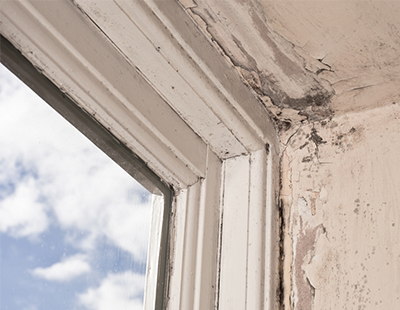
A quarter - 25% - of homes rented from private landlords fail to meet the national Decent Homes Standard when taking into account hazards, costs and other characteristics, analysis of the English Housing Survey reveals.
Households containing several million people are currently living in unsafe or unsuitable rented accommodation, according to the research by VeriSmart.
The study by the independent property inspectors details how 19.5% of homes in the country, which works out at about 4.5 million properties, failed to meet the government’s Decent Homes Standard, when taking into account hazards, costs and other characteristics.
The assessment of the English Housing Survey, which dates back to 1967, shows that the social sector had the lowest proportion of non-decent homes at 13%.
The most common Category 1 hazards – the most dangerous type of hazard – were falls and fires.
Falls on stairs, on a level and between levels accounted for the three most common types of hazard, with fires in fourth place.
Converted flats were deemed the most hazardous property type, with 21% of such homes likely to contain hazards, while private homes were the next most dangerous by this measure (14%).
Houses were close behind (12%), with flats proving safer (8%), though social rented homes were least likely to play host to a hazard at just 6%.
Some 1.1 million homes had a serious fire hazard – for example no smoke alarms, old or faulty electrical systems, missing fire doors – and other hazards included damp and mould, electrical safety faults and hot surfaces.
Jonathan Senior, chairman of VeriSmart, commented: “The figures are worrying when one considers that one in five homes is sub-standard as far as safety, costs and other measures are concerned.
“Some may fret at the average cost to fix a property so that it meets the required standard, but when these properties are falling below expectations in part due to hazards, safety surely has to take priority.
“We recently looked at the tragic number of home accidents – many involving children and many leading to fatalities – and it’s clear that chances can’t be taken in this area.”
Want to comment on this story? Our focus is on providing a platform for you to share your insights and views and we welcome contributions.
If any post is considered to victimise, harass, degrade or intimidate an individual or group of individuals, then the post may be deleted and the individual immediately banned from posting in future.
Please help us by reporting comments you consider to be unduly offensive so we can review and take action if necessary. Thank you.




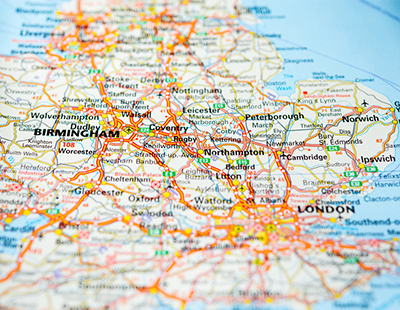

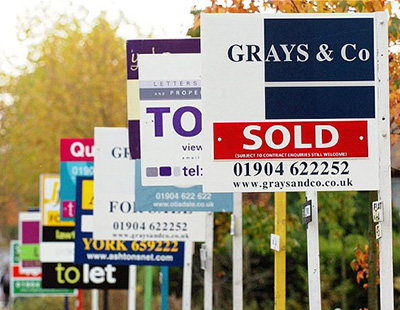






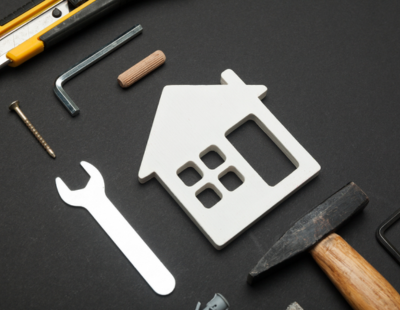

.jpg)
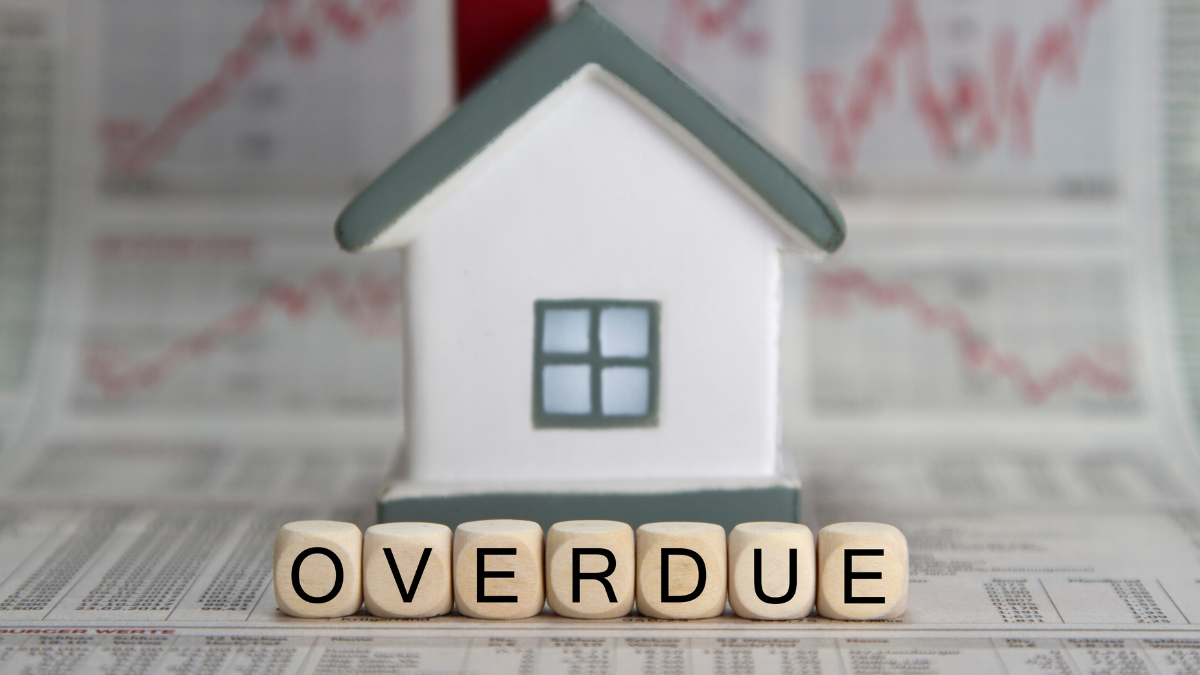



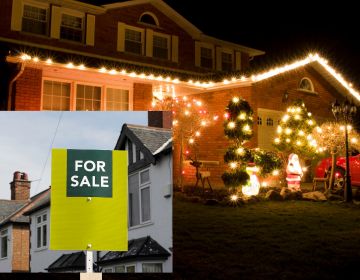




%20(002).png)




.png)






Join the conversation
Jump to latest comment and add your reply
rubbish
Agreed that is rubbish, take a look at council and housing assoc homes, that's where the real problems are, that burn't out tower block in London, COUNCIL owned !! don't have to say anymore do I ?
I sometimes have an unsafe dump of a property. The usual routine always applies. Kick out the tenant if they have not already done a runner for non payment of rent. Put everything right and decorate beautifully, relet.
3-4 years later --- go back to top of comment.
I have a premises next to mine, which has had nothing done to it in 30 years and is in a shocking state of disrepair.
This property is registered and licensed by Rent Smart Wales who haven't got a clue what is actually going on.
If they were more proactive in sifting out these properties, then maybe the housing stock would improve. Unfortunately, they are about as much use as a chocolate teapot.
Councils apply rules to HMO with 3 people in but dont apply same to their property next door with 5 , 6 or 7 persons in. Biggest UK landlord causing biggest death toll. Clueless and useless Council Tax thieves.
Please login to comment